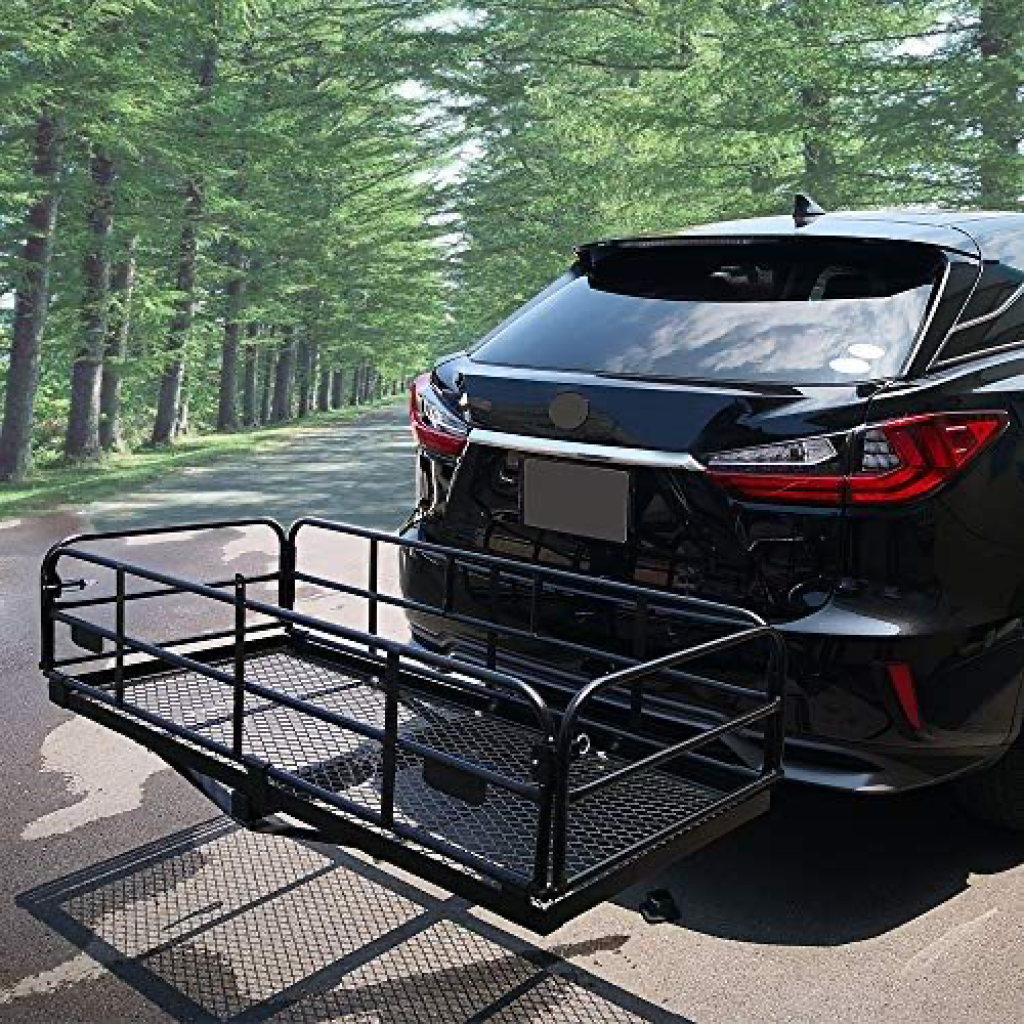
Are Cargo Carriers Safe
Adding a cargo carrier on your vehicle roof or rear offers handy extra space for luggage and gear when you need more room. But this additional cargo weight up high impacts driving dynamics and safety considerations. This comprehensive guide provides a deep dive into cargo carrier fundamentals – from weight limits and driving physics to proper securing techniques and accident data. Follow these safety best practices for using any roof or rear cargo carrier securely.
Understand Your Vehicle’s Weight Limits
The first step in safe use of cargo carriers is consulting your vehicle owner’s manual for:
- Rooftop weight limit – max load on roof rack and cargo carrier
- Rear cargo limit – max weight for rear-mounted carrier
- Towing capacity – max load car can tow
- GVWR – max combined weight of cargo and passengers
These limits help determine how much gear you can safely carry in a rooftop container or rear-mounted cargo carrier. Container weight also counts against the limit.
Example Cargo Carrier Weight Limits
| Vehicle | Roof Limit | Rear Limit |
|---|---|---|
| 2018 Toyota RAV4 | 150 lbs | 350 lbs |
| 2022 Subaru Outback | 150 lbs | 650 lbs |
| 2020 Honda CR-V | 150 lbs | 350 lbs |
Luxury SUVs like Land Rover and Cadillac Escalade can handle heavier rooftop loads of 200+ lbs. But most mainstream crossovers max out around 150 lbs roof capacity.
“Exceeding your vehicle’s weight limits by overloading a cargo carrier can affect braking distances, make vehicles prone to rollovers or lead to catastrophic component failures.” – James Miller, America Automotive Safety Council
So checking your specs provides the ceiling for cargo carrier loading. It’s smart to keep real-world loading under 3/4 of stated limits.
The Physics of Cargo Weight Above the Axles
The laws of physics indicate that carrying weight higher up and further back from the main axles of a vehicle can:
- Raise the center of gravity
- Impact stability and handling
- Increase rollover risk
This is due to the shifted location of the center of mass higher off the road. For small vehicles and loads, the difference may be negligible. But improper cargo carriers and loads can create safety issues.
Center of Gravity Factors
- Total carrier & cargo weight
- Cargo carrier positioning
- Vehicle type (SUV vs sedan)
- Use of securing straps and tie downs
- Proper driving adjustments for load
Fortunately there are safe ways to use cargo carriers – when following weight limits, loading correctly, and driving safely.
Roof vs Rear Cargo Carriers
Rear-mounted cargo carriers attach to a trailer hitch and sit at vehicle bumper level. Rooftop containers sit on roof rack crossbars. Each mounting style has pros and cons:
Rooftop Cargo Carrier

Pros
- Convenient lifting and access
- Less impact on driving dynamics
Cons
- Lower weight limit
- Greater MPG impact
- Cannot open rear hatch
Rear Cargo Carrier

Pros
- Higher weight capacities
- Less impacted by wind
- Ability to open rear door
Cons
- Difficult access to contents
- Blocks rear camera and lights
- Greater impact on vehicle handling
While rear carriers boast higher limits, their cargo weight concentrated behind the rear axle has a larger effect on vehicle dynamics than a rooftop load.
Securing Cargo Properly
Once a cargo carrier is loaded, it’s vital to secure the contents so they don’t shift during driving. Some key principles for safe cargo securing include:
- Tie down all contents tightly with ratchet straps or bungee cords
- Use non-slip mats/pads to prevent sliding
- Fill empty space around items to prevent shifting
- Heavier items low and centered over axles
- Weight evenly distributed side-to-side
For rooftop carriers, also be sure to:
- Secure carrier tightly to crossbars with provided hardware
- Lock the carrier if latching type
Taking the time to properly distribute weight, tighten straps, and lock containers prevents a dangerous forward shift of cargo in an accident.
Driving Safely with Cargo Carriers
Once a carrier is securely loaded, you should adjust driving habits for the additional weight up high. Some smart driving practices include:
- Reduce speed, avoid highways when fully loaded
- Drive smoothly, avoid abrupt braking or swerving
- Increase following distance for safe stopping
- Take corners and turns more slowly
- Allow extra room for merges and lane changes
- Avoid steep uphill grades which shift weight rearward
- Check cargo straps regularly during long trips
Be especially cautious in wet or snowy conditions where additional cargo weight can impact braking traction and handling.
“Bad weather and aggressive driving is a recipe for trouble with fully loaded rooftop cargo carriers. Slow down and take precautions when carrying extra weight up high.” – James Miller, America Automotive Safety Council
Accident Data for Cargo Carriers
Overall, using cargo carriers is generally quite safe with minimal risk provided guidelines are followed. According to a study by the IIHS:
- Added cargo weight accounted for only 1.2% of single-vehicle crashes
- Rooftop cargo carriers saw just a 3-5% frequency increase in rollover risk
- Rear-mounted carriers had a less than 1% impact on accident rates
The study concluded properly secured sub-200 lb loads posed low accident risk, with cautious driving recommended. But carriers overloaded beyond limits, poorly secured loads, and aggressive driving raised risks.
Shopping Secure Cargo Carriers
When selecting roof or rear cargo carriers, prioritize models with:
- Low profile/aerodynamic design
- Full-wraparound zipper access
- Internal lash points for securing contents
- Locking mechanism
- Weatherproof construction
I recommend reputable brands like Thule, Yakima, SportRack, and Smittybilt which adhere to the highest safety standards. Be wary of inferior unbranded carriers which may lack robust mounting systems or leak.
For rack-mounted options, visit specialty roof rack shops that can advise on vehicle weight limits and install for optimal security. Or select a rear carrier from leading hitch manufacturers.
Use Cargo Carriers Responsibly
While horror stories of rooftop carriers detaching at highway speeds make headlines, the data shows cargo carriers remain generally safe when used properly. Avoid overloading, make use of all securing straps and locks, and drive conservatively. Perform routine carrier maintenance and inspect mounting security.
And consider removing empty carriers when not needed to further improve fuel economy and handling. By understanding the physics at play and your vehicle’s limits, cargo carriers provide huge convenience without significantly increased risk. Just take steps to load intelligently, secure contents tightly, and adjust driving for the additional weight.
So explore how a roof or rear cargo carrier can expand your vehicle’s capabilities. With prudent loading and driving, families can benefit from the added storage flexibility. Just use common sense, follow safety guidelines and happy cargo carrying!








